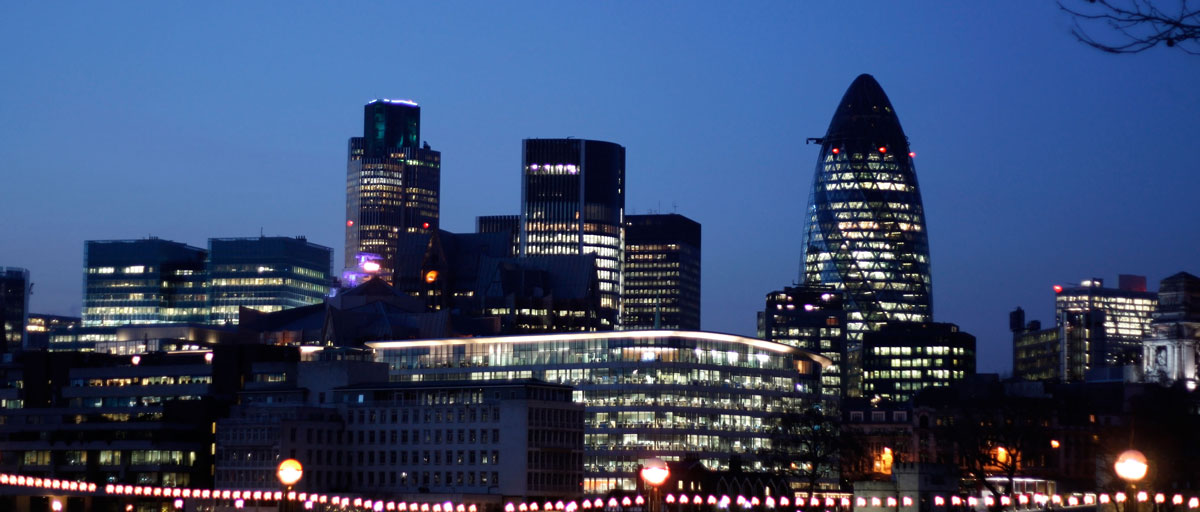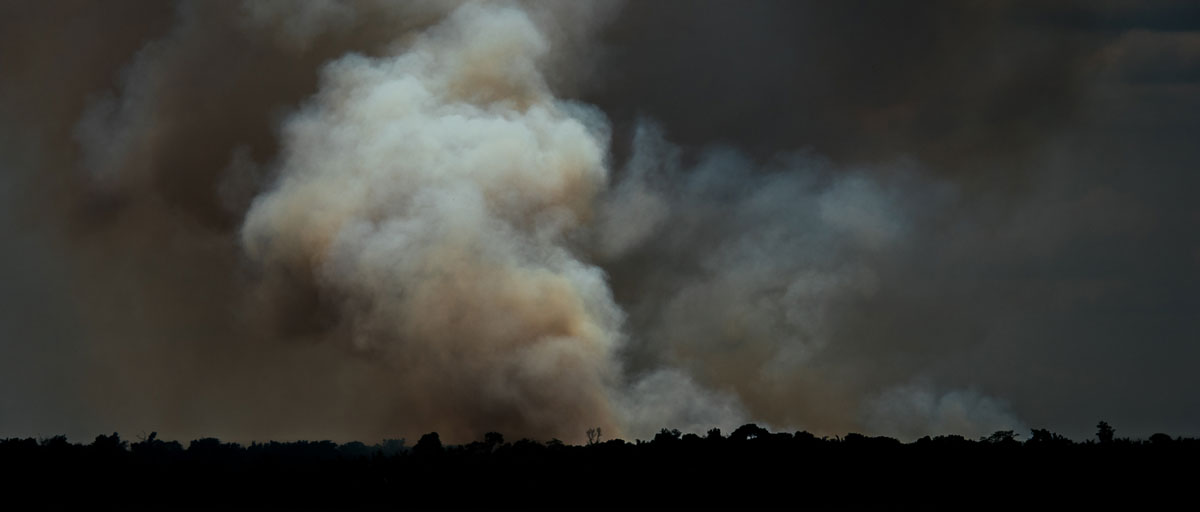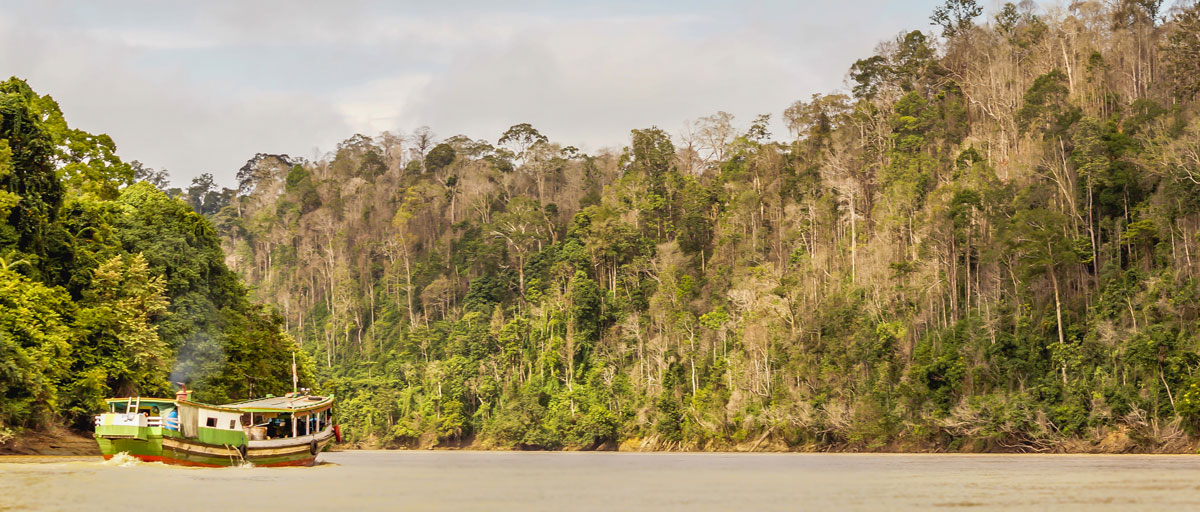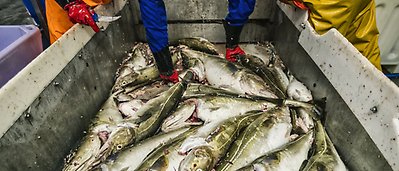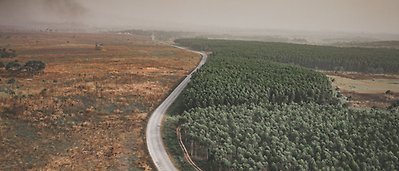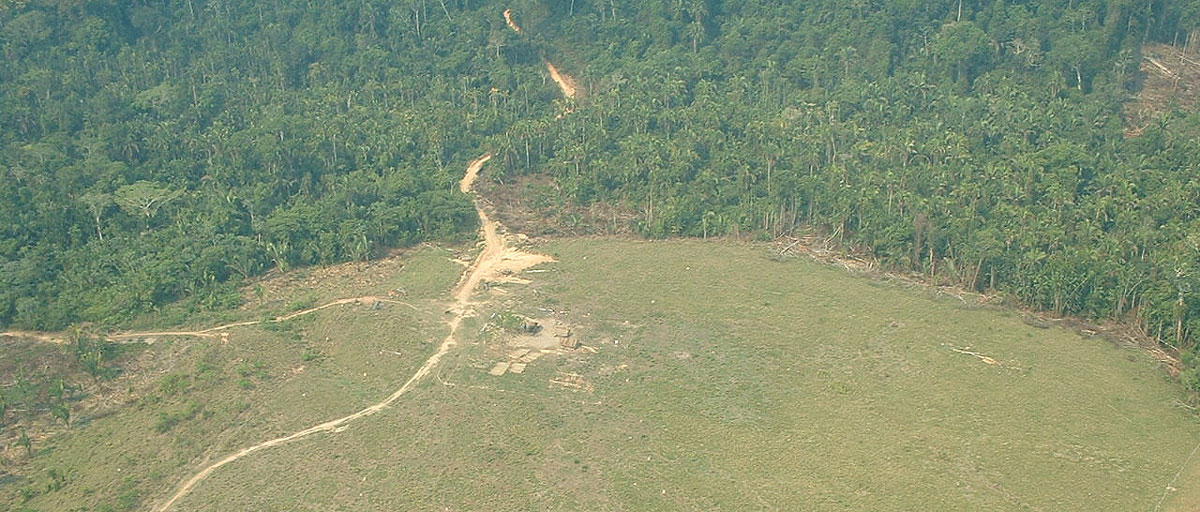
Photo: GEOMA network/Isabel Escada
Bildtext får vara max två rader text. Hela texten ska högerjusteras om den bara ska innehålla fotobyline! Photo: B. Christensen/Azote
THE FUTURE OF THE AMAZON
Should we worry about the Brazilian Amazon?
Centre workshop presents multiple perspectives and discusses current concerns about the region. Watch videos here
Text
The aggressive deforestation process in the Brazilian Amazon has always attracted international attention.
Until the beginning of the last decade, the aggressive deforestation and illegal land appropriation processes in the Brazilian Amazon seemed to be uncontrollable. The deforestation peaked at a rate of 27.000 km2/yr in 2004. However, the problems of the region goes far beyond deforestation. It is a region of social contrasts and with a history of conflicts for land and use of natural resources. It has a population of approximately 24 million people, 75% living in unstructured urban areas, with very low social indicators, below the country’s average.
After 2004, due to a combination of governmental enforcement, private sector and civil society measures, deforestation rates have drastically decreased, but not ceased. It has oscillated around 6000 km2/yr for some years. However, in 2018 deforestation rates achieved the decade peak of 7.900 km2/yr, raising again the international concern about the fate of region – fueled by the public positioning of the recently elected Brazilian government in relation to environmental and social issues, especially disregarding climate change, the environmental enforcement agencies, the landless social movements, human rights activists and - last but not least - indigenous peoples rights and their lands.
In February 2019, a group of researchers and students from Stockholm University (SU), the Royal Institute for Technology (KTH), Swedish University of Agricultural Studies (SLU) and other organisations in Sweden met at the Stockholm Resilience Centre (SRC) to discuss the future of the Brazilian Amazon.
The first keynote speaker, Dr. Carlos Nobre, provided an overview of the changes in the Amazon over last decade and its implications. He introduced the The Amazonia Third Way, a programme that proposes to reconcile the conservation and production views for the region through the development of a competitive, vibrant standing forest - flowing rivers bioeconomy. The Amazonia Third Way programme will open up new technology and learning-based opportunities to value and to protect the Amazon ecosystems, along with the interests of indigenous and traditional peoples who are their custodians. In summary, this initiative will explore the role of innovative technology and learning to unveil the potential of a novel tropical biodiversity-based economy. Download presentation here
The second keynote speaker, Dr. Eduardo Brondizio (from Indiana University) discussed the importance of recognizing the narratives which frame the solution space to the complex social-ecological problems of the region - and the need to create a new narrative, less polarized and inclusive. He also highlighted the linkages between the rural and urban in the region, shedding light on the invisibility of the urban Amazon. Download presentation here (PDF)
Below are more of the presentations from the workshop:
Ana Paula Aguiar (SRC/INPE)
Why build new scenarios for the Brazilian Amazon? A plea for cross-scale dialogues to discuss integrated pathways to sustainability, giving voice to all actors and bridging perspectives. Download presentation here (PDF)
Arie Staal (SRC)
By “sweating” water, the Amazon forest weakens droughts. Deforestation disrupts this self-stabilising mechanism and increases fire risk, which may trigger tipping points of forest loss. Download presentation here (PDF)
Chandrakant Singh (SRC)
The Dominoes are falling: Our climate systems are changing under continuous Anthropogenic pressure. These systems are so threatened, they risk tipping towards a alternative, detrimental states. It is important to understand that these ‘Global tipping points’ in our climatic system are not independent events and should be viewed as an interconnected collective. The Amazon, being at the centre of these systems, is under constant threat of tipping towards a ‘Savanna’ state, due to extended droughts and permanent land-use change. This would destabilize the global climate and drastically increase the probability of extreme events around the world. How do we respond to a threat with such global implications? Download presentation here (PDF)
Flavio Luiz Mazzaro de Freitas (KTH)
Flavio Freitas addresses the potential increase in legal deforestation in the Brazilian Amazon resulted from the 2012 revision of the Brazilian Forest Act. Flavio gives an overview of the major mechanisms providing legal protection to native vegetation. Then, Flavio discusses a legal a loophole which may reduce protection over millions of hectares of today standing Amazon rainforest. Download presentation here (PDF)
Alice Dauriach (SRC)
Financial institutions have a key role to play in efforts to avoid dangerous climate change: not only reducing greenhouse gas emissions, but also bolstering the resilience of known ‘tipping elements’ in the Earth system, such as the Amazon. A handful of investors own substantial shares across the largest companies in two sectors driving deforestation and forest degradation in the Brazilian Amazon (soy and beef). This opens important questions about investors’ duties and means to influence companies in their portfolio. Download presentation here (PDF)
Lan Wang Erlandsson (SRC)
A large portion of the evaporation from the Amazon forest comes down as rainfall over both the Amazon itself and surrounding downwind land. As such, deforestation of the Amazon may - through reduced rainfall - trigger further drought-related self-amplified forest loss, changes in river flows, and crop failure. Further, it is clear that the atmospheric moisture flows do not respect neither basin nor nation boundaries. These insights provoke questions: Should the moisture from forest be considered an ecosystem service? Should the moisture transfer between countries be regulated and governed? If so, how? Download presentation here (PDF)
A glimpse of what is happening in other countries:
Dolors Armenteras Pascual (UNAL), Colombia
Graciela Tejada (INPE), Bolivia
